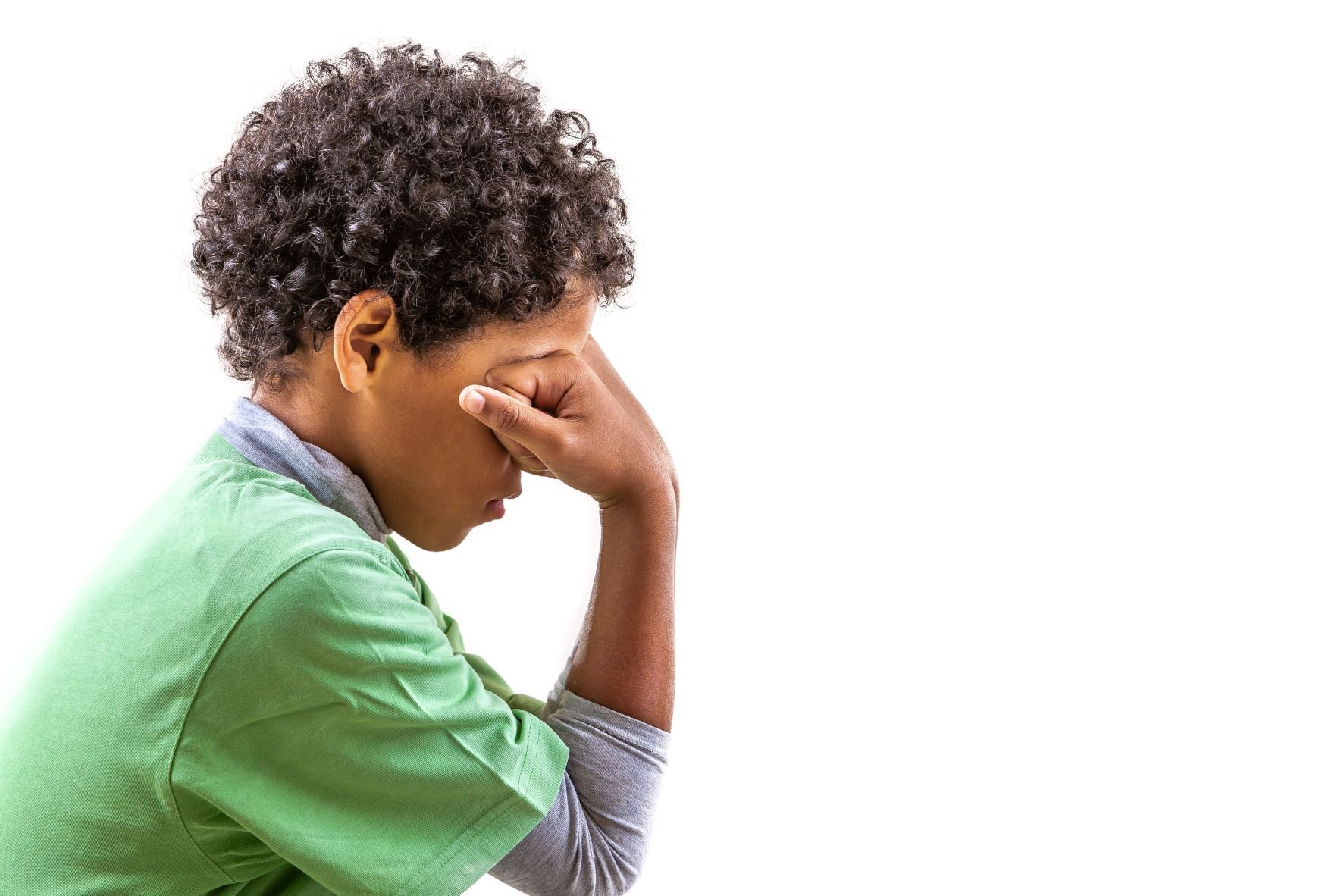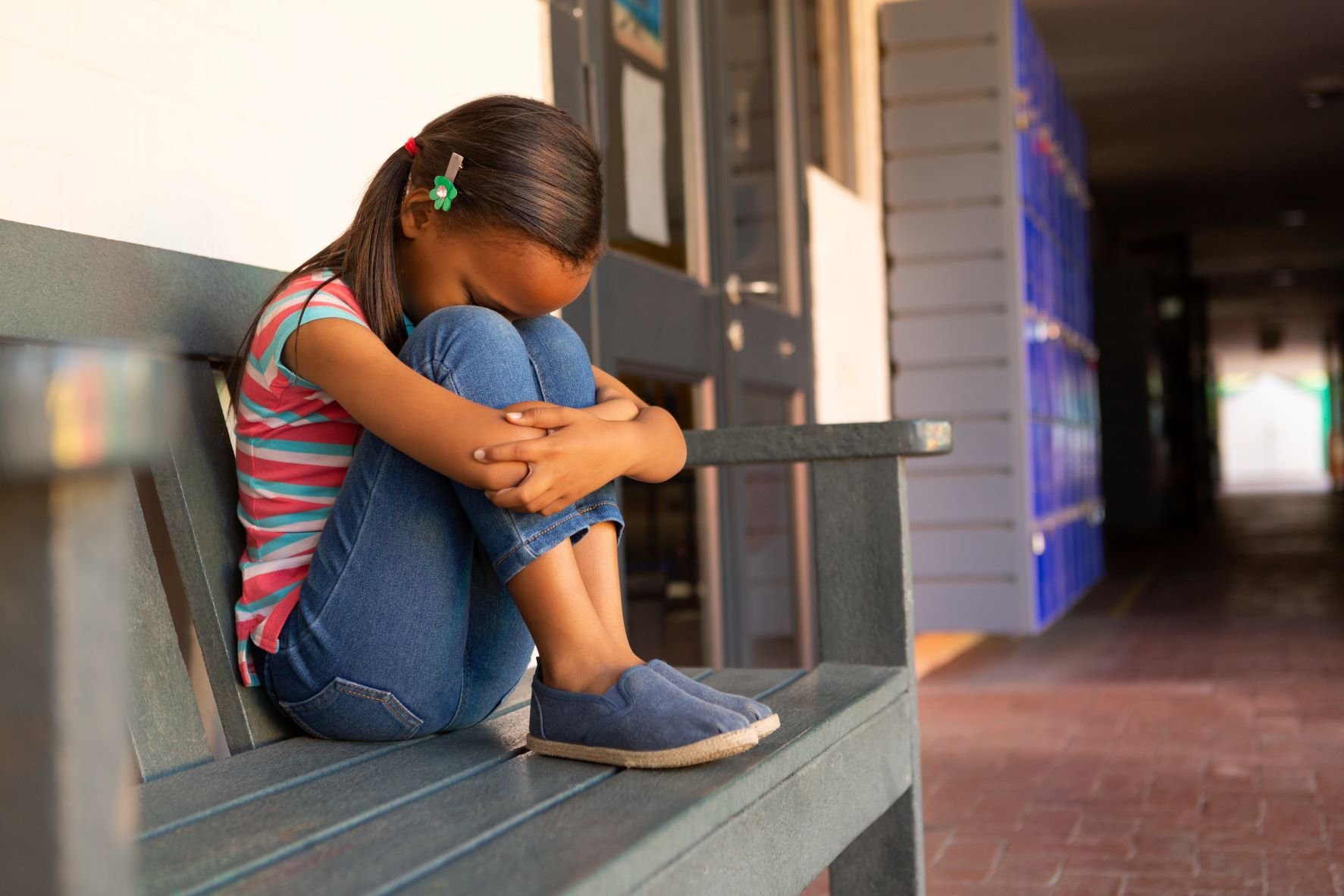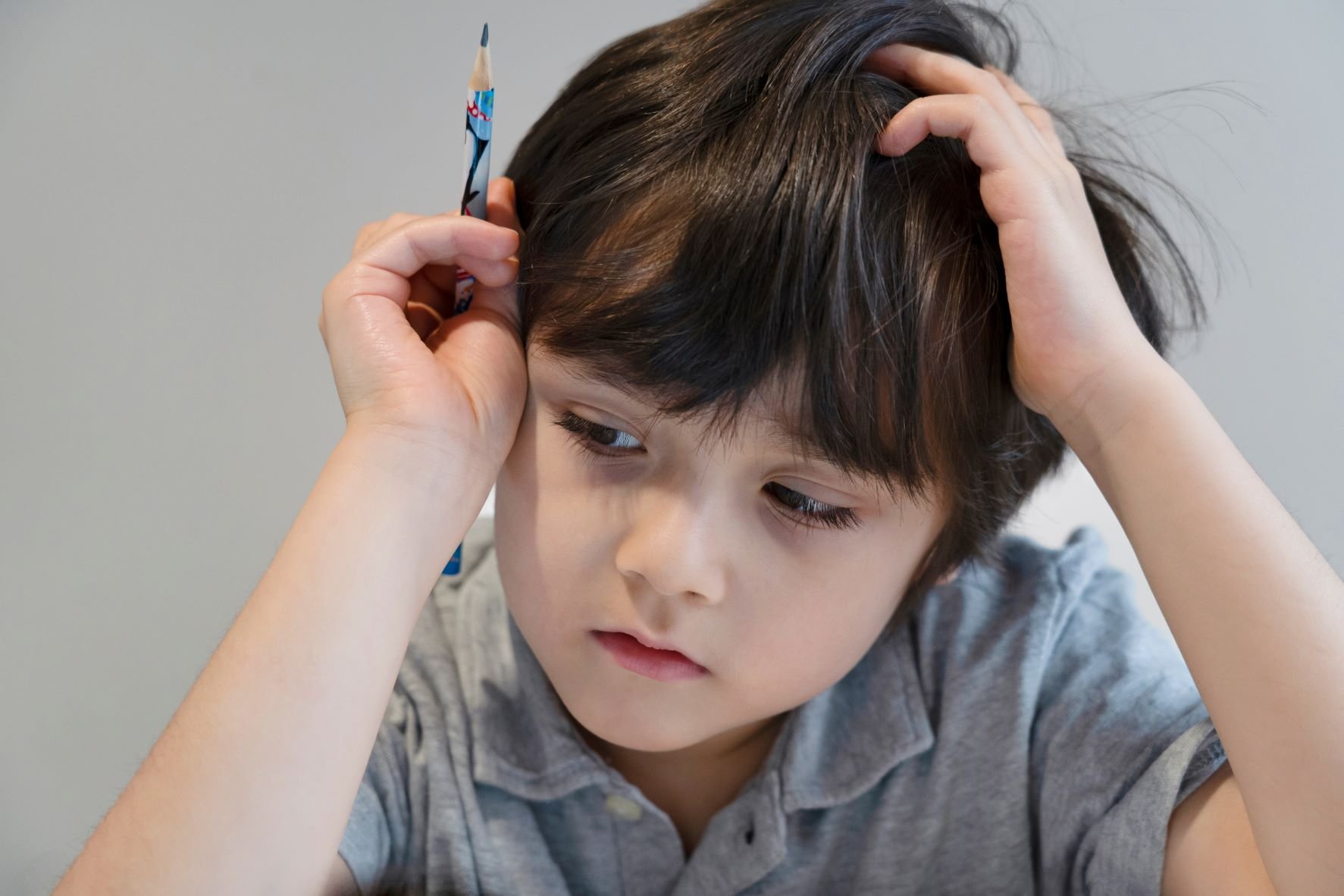Fight, Flight, or Freeze in Schools: How to Recognize Stress Responses
Have you ever heard of “fight or flight?” The fight-or-flight response (now amended to be the fight, flight, or freeze response) is our body’s way of helping us confront dangers and other stressful situations. Although this response has been evolutionarily helpful to the human species, it can be damaging when it’s activated all the time.
Some students, especially those who have experienced trauma, may have an overactive stress response. This means that they may enter into fight, flight, or freeze mode often. It’s important for you, as their teacher, to be able to recognize signs of fight, flight, or freeze in the classroom and intervene appropriately to soothe these students’ nervous systems.
What Is the Fight, Flight, or Freeze Stress Response?

Most of us know what stress feels like, but what is stress exactly? And how does stress affect the body?
Stress, or the stress response, is an important function of the central nervous system. When you’re faced with a frightening or difficult situation that feels beyond your ability to cope, your nervous system releases the stress response. This causes changes in the body, like:
- Pulse and heart rate get faster
- Small airways in your lungs get wider, and you breathe more quickly
- Senses (like sight and sound) become sharper
You’ve probably felt these things before. Maybe your heart pounds before getting up on stage, or you get short of breath when the plane is about to take off.
We often talk about stress as being a bad thing, but evolutionarily speaking, stress has actually served us well. The physical changes that come along with stress helped us to be prepared for predators and other potential dangers. For example, your heart might pump harder to get more blood into your muscles.
That’s why the stress response is also called the fight, flight, or freeze response. The stress response physiologically helped our ancestors fight off (fight), or run away from (flight), predators and other dangers. If the danger was overwhelming, they also may have “frozen,” a survival tactic that’s similar to when animals play dead. Freezing also allows you to take some extra time to prepare yourself to confront the danger.
In other words, the fight, flight, or freeze response is usually automatic, and not something that we can control. Today, people might experience this response when they’re faced with potential dangers, even if they’re not actually life-threatening.
Kids who have gone through traumatic experiences may have an overactive stress response. Research has shown that when people have experienced trauma, their body is more likely to activate the fight, flight, or freeze response in the future. This means that your students who have gone through trauma may be more likely to enter into fight, flight, or freeze mode even when there’s no real danger in the classroom.
Examples of the Stress Response at School
Obviously, we’re no longer “cave people,” and most of the time, we’re no longer running away from (or fighting off) tigers and bears. But the stress response is still very active in humans today. What does the fight, flight, or freeze response look like in our students?
When we talk about the fight, flight, or freeze response, we’re talking about the stress response, which is a physiological event that happens in your nervous system. The main signs of a student having an activated fight, flight, or freeze response tend to be physical. For example, you might notice that they’re breathing harder or faster than usual.
Although the fight, flight, or freeze response is primarily physiological, there may be some behaviors that can indicate to you that your student has an activated stress response.
Examples of fight response in students

One obvious example of the fight response in students is getting into physical or verbal fights with their peers. Younger students may also become physically aggressive with you (for example, by biting or scratching you). Students in the fight response may become argumentative or defensive, or become visibly angry or anxious.
Examples of flight response

Students in the flight response may run out of the classroom. They may also become avoidant, by pretending they can’t hear you or avoiding engagement with you or their peers. The student might be visibly anxious. Some students who have a high flight response may have separation anxiety or want to go home.
Examples of freeze response

Kids in a freeze response may totally shut down. The student who is “freezing” might look physically immobile to you, as if they can’t move or their body is heavy. They might also be dazed or distracted, and have a hard time starting tasks. When you talk to them, they may be (verbally) unresponsive or say “I don’t know” a lot.
How to Approach Fight, Flight, or Freeze Stress Response in the Classroom
Especially if you already know that one of your students has trauma in their past, then keep in mind that some of their behaviors may be due to an activated stress response. Several things could trigger students to go into fight, flight, or freeze mode, including loud noises and raised voices.
If you think that a student’s behavior may be because of an activated fight, flight, or freeze response, then there are several ways you can approach it so you help calm the student rather than triggering them further.
Have awareness and empathy
First of all, do your best to notice and empathize when a student’s behavior is caused by an activated stress response rather than “defiance” or a desire to “misbehave.” Give your students the benefit of the doubt; even if they’re running around the classroom or getting into fights with other students, it’s likely that there is an explanation for this type of behavior.
Pay special attention to body language. Some students who go into fight, flight, or freeze mode act out, and may be easy to notice. Others may simply shut down or stop engaging with what’s going on around them. Both are examples of fight, flight, or freeze — and both deserve your attention.
Use de-escalation techniques like deep breathing
The fight, flight, or freeze response is physiological and automatic; as long as your student’s brain is in this mode, then it’s likely that they won’t be able to absorb anything you’re telling them. Think about it: When our ancestors were faced with a predator, they weren’t able to discuss their emotions in the moment. They needed to get to safety first.
This means that the first thing you need to do is help your student get out of fight, flight, or freeze mode. One evidence-based way to calm the nervous system’s stress response is deep breathing. An activated stress response causes us to take quick, shallow breaths. You can help students counteract this by inviting them to engage in diaphragmatic breathing, or deep belly breathing.
Invite the student to take deep, slow, and steady breaths into the bottom of their bellies. Have them hold the breath for a few seconds, and then invite them to slowly exhale through their mouth. There are age-appropriate ways to teach deep breathing techniques, including the strategies found in the Calm Classroom curriculum.
Do A Mental Health Check-In
A mental health check-in is a simple way to both build relationships with your students and to take some time to talk to them about their mental wellness.
Don’t take it personal
Above all, don’t take anything that a student does while they’re in fight, flight, or freeze mode as a personal insult. Try to maintain the awareness that, when students are in this mode, they’re focused on surviving. It may not appear that they’re facing a threat, which can make their response hard to understand. But they are likely reacting to triggers caused by their unique life experiences, some of which you may not even know about.
Students in fight, flight, or freeze mode are reacting from an evolutionary place that was meant to keep us safe. This may cause them to lash out or even hurt you. It doesn’t make it okay for your students to hurt anyone, but try not to take it personally. If you lose your temper with a student, you may trigger their stress response even further.
Calm Classroom’s school-based mindfulness curriculum is trauma-informed, and helps both teachers and students cope with the fight, flight, or freeze response. You can use mindfulness as a tool in your classroom to help your students manage their painful emotions in healthy ways. To learn more, sign up for our online training or get in touch with us today.





SIGN UP FOR OUR NEWSLETTER